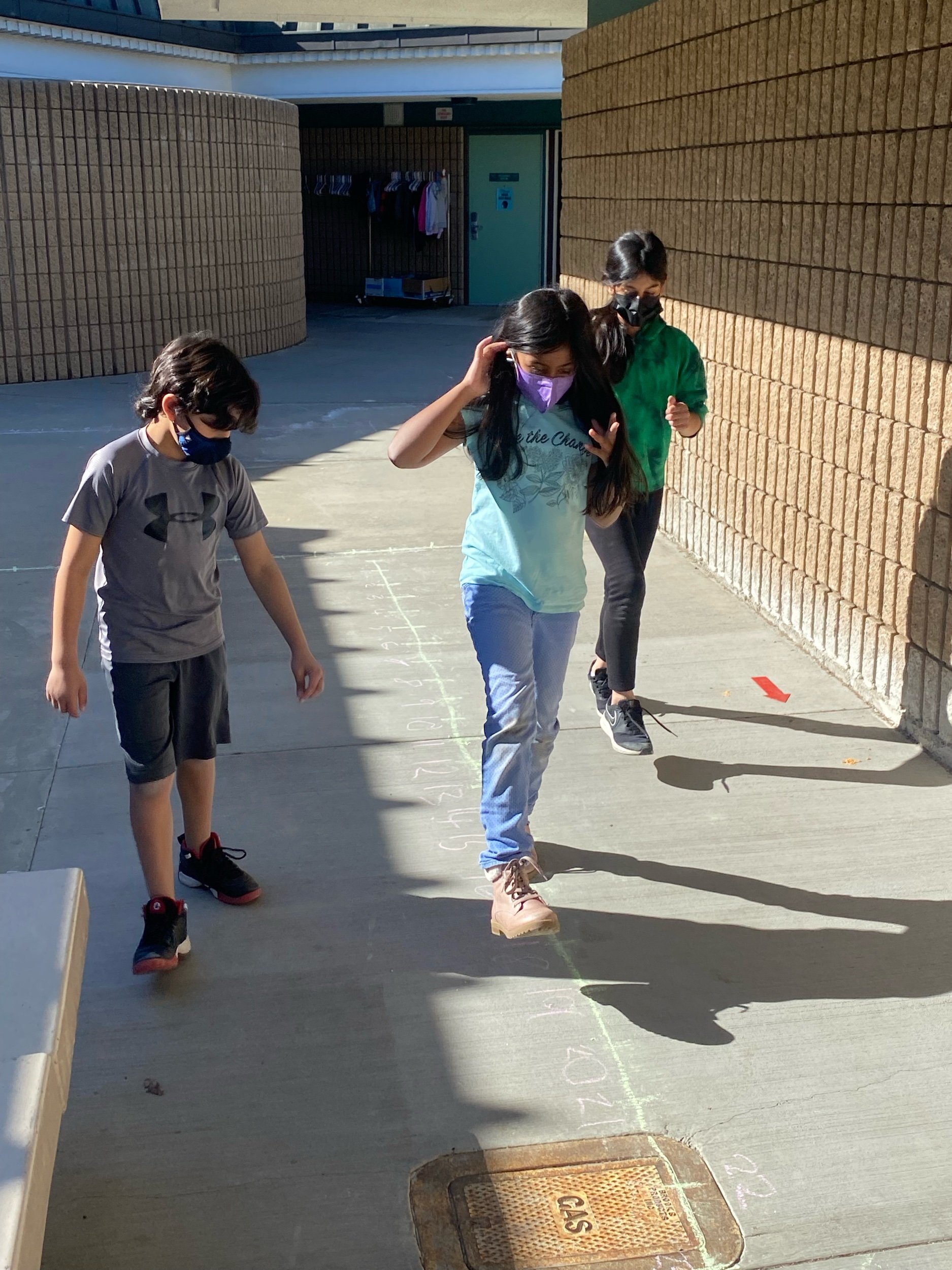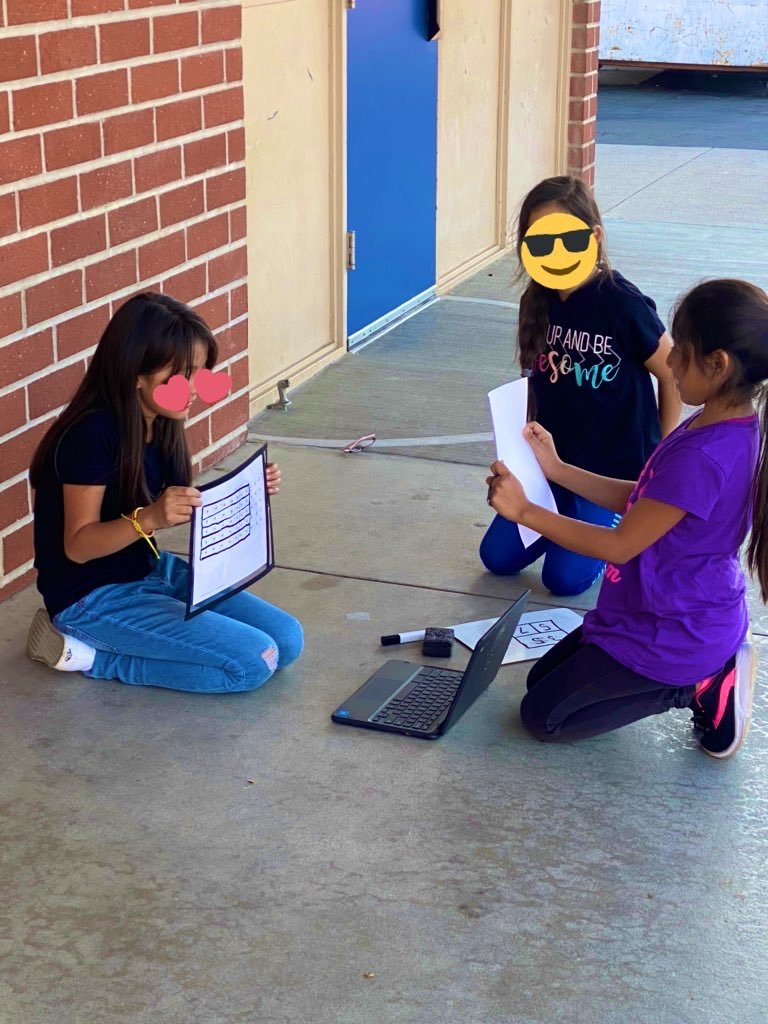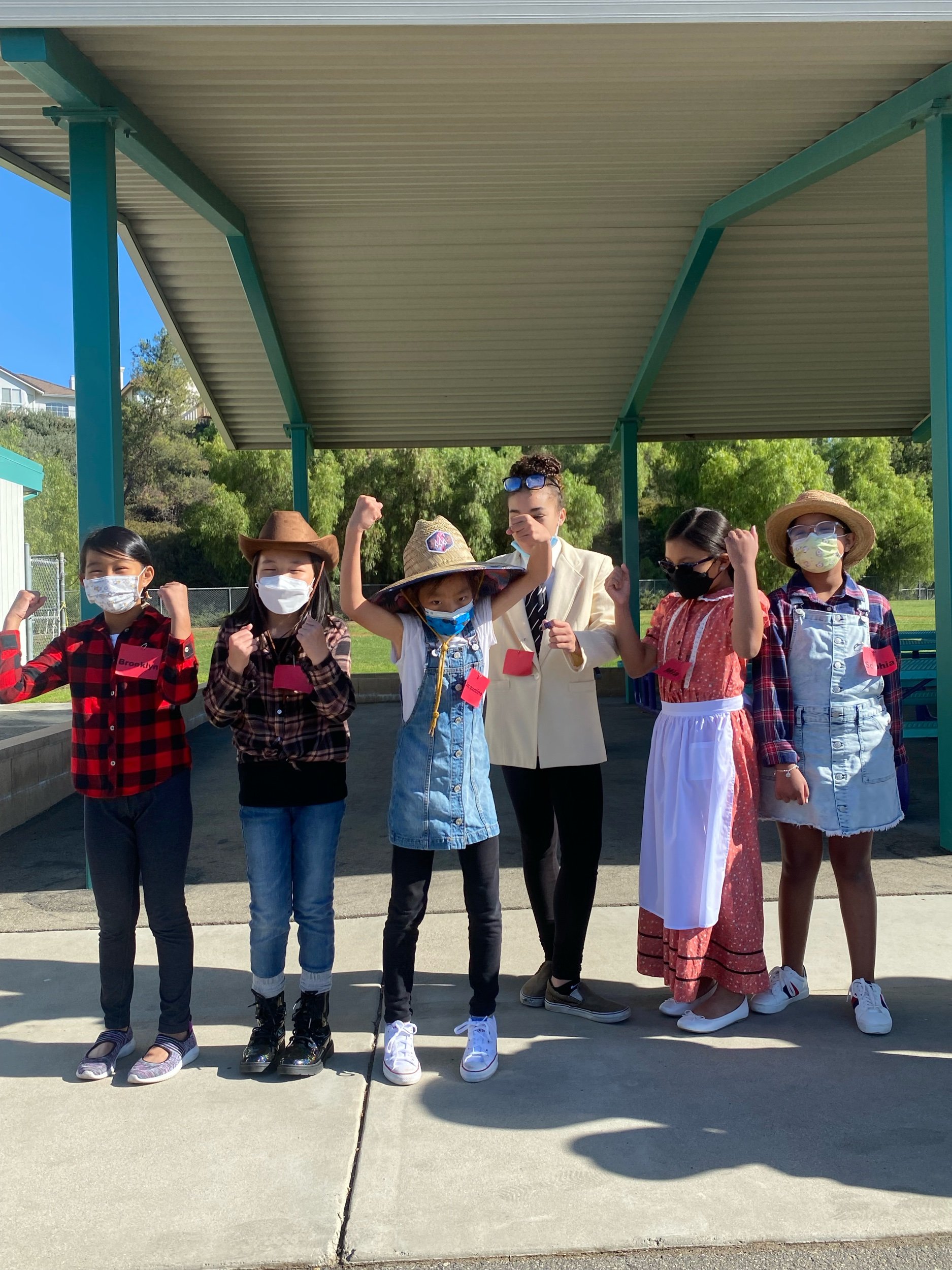Teaching Portfolio
Every child has an important perspective and infinite potential.
Children are always learning, and everything they are exposed to has an impact on the way they understand the world. Knowledge is dynamic, and constructing meaning and understanding is an active, continuous process. Recognizing this, my classroom is a space for honoring the knowledge students have and encouraging them to make connections to new ideas, new questions, and a variety of strategies for investigating and drawing new conclusions. Students in my classroom are encouraged to aim high and take risks. Each one of them is capable of learning, creating, and succeeding.
My goal is to help students deepen and enrich their understanding of concepts and to develop their capacity to learn and grow. To be motivated, students must be invested in their own learning and have opportunities to make decisions about their learning. Ultimately, I want each of my students to be in my classroom, and I want them to show up each day knowing how important they are to me and to their peers.
-
Pedagogy
Find out more about my instructional practices and teaching methods.
-
Qualifications
See details about my professional qualifications and educational background.
-
Endorsements
Read what others have to say about my strengths and teaching expertise.
-
Questions?
Contact me if you would like to know more about about my experience.
Pedagogy
Student-Centered Instruction and a Positive, Supportive Environment
My job as a teacher is to emphasize the role of each student in their own learning and to facilitate their being active participants in the classroom. I take pride in expertly identifying student needs and providing them with appropriate extensions and supports to help them reach their potential. As a perfectionist myself, I understand well that many of us would rather get praised for doing an easy task well than challenge ourselves and struggle. Knowing this, I always praise the effort and personal growth of individual students over achievement relative to others. Making mistakes and experiencing challenges are essential to acquiring new knowledge and skills. We all learn by reflecting on errors, investigating conflicting ideas, and discovering relationships or explanations.
Redefining What It Means to Teach and Learn with Technology
I believe in the transformative power of technology, especially for student learning. Technology provides students with vast resources and opportunities to create, innovate, collaborate, and explore the world outside of their local sphere. Technology gives students infinite access to information and ideas. By modifying our teaching practices to embrace and promote the use of technology in the classroom, we enhance our students' educational opportunities to give them skills that they will utilize for the rest of their lives.
Mathematics and STEM
Students already possess intuitive mathematical thinking. I use cognitively guided instructional methods to connect students' strategies to powerful mathematical concepts and help them learn math with true understanding. Rather than conflate learning with finding and reporting correct answers, my students engage in inquiry, discovery, and sense making. In addition to mathematical inquiry, they learn to employ science and engineering practices and develop strong problem-solving abilities. Students are able to construct explanations for mathematical investigations, propose answers to scientific questions, and design solutions for engineering problems, utilizing technology to aid them in their research and discovery.
In the very doing of math, students have naturally occurring opportunities to learn and notice mathematical ways of making sense and talking about ideas and the world. It is our responsibility as educators to structure, highlight, and bolster these opportunities, making explicit the many different ways that mathematical ideas are communicated, rather than acting as the "keepers" or "the givers" of language. A commitment to help students develop their own command of the "mathematical register" is therefore not an additional burden on teachers, but already embedded in a commitment to supporting students to become powerful mathematical thinkers and "do-ers."
Lee, Quinn, & Valdes, 2013
Language Arts
Access to academic language is imperative to student success. Students must develop strong reading, writing, and speaking skills so that they can both access and articulate information across content areas. I provide my students with rich, grade-level texts and activities with appropriate supports to help them access and utilize the language demands.
In order to be able to use language effectively, students must be given as many chances to read and write as possible. There is no such thing as "just reading." Countless research tells us that reading helps students build knowledge, increase vocabulary, improve their motivation and achievement, develop background knowledge, and even helps them develop empathy and their own personal identity (Beers & Probst, 2017).
Likewise, writing is a powerful tool not only for communication, but for organizing information and demonstrating learning. Students can explore and experiment with different sentence structures and word choices. They can use writing to synthesize what they are learning, convey their own knowledge, and express their creativity. I love getting my students excited about writing!
-
University of California, Irvine 2019
Master’s Inquiry Thesis: All Students Can Do Math: Using Daily Activities to Develop Fluency in Multiplication and Division Math Facts.
-
California Multiple Subject Teaching Clear Credential with English Learner Authorization
California Commission on Teacher Credentialing
-
Childhood Education Initial Teaching Certification (Grades 1-6)
New York State Department of Education Office of Teaching Initiatives
Qualifications
ENDORSEMENTS
QUESTIONS? LET’S CHAT.
HAVE QUESTIONS ABOUT TEACHING OR JUST WANT TO CHAT? REACH OUT TO ME.

















